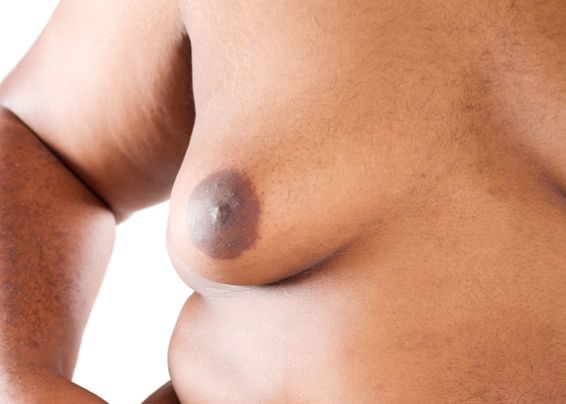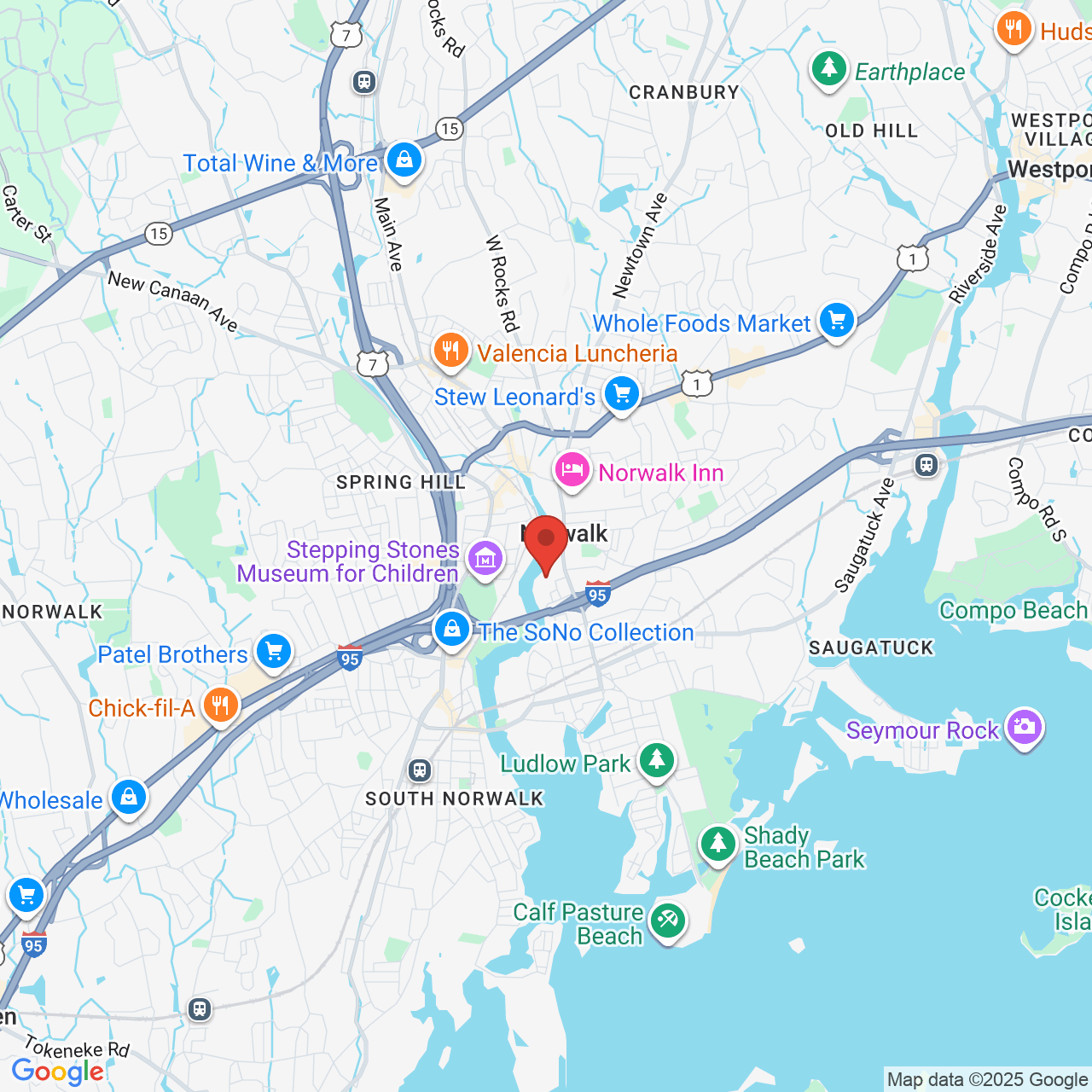Improve Masculine Contours with a Male Breast Reduction
Enlarged male breasts can cause clients to feel self-conscious, affecting their overall self-confidence. Gynecomastia surgery, or male breast reduction, creates a more masculine chest contour by removing excess breast tissue and fat using liposuction. Modern advances in the field of cosmetic surgery yield a fast recovery and optimal results. Dr. Anya Kishinevsky, serving Norwalk, CT, is a skilled and experienced reconstructive plastic surgeon who can help you achieve the appearance you desire through a number of body contouring procedures.

According to the American Board of Cosmetic Surgery, nearly 50 percent of American men experience gynecomastia—or the appearance of enlarged breasts—at some point during their lifetime. The cause of gynecomastia is not always known, but many men develop the condition as a result of genetics or the use of certain prescription medications.
Male breast reduction is a safe and effective treatment, and can be successfully performed on men of any age.
The most common and effective treatment for gynecomastia is a male breast reduction. This surgical procedure strategically removes excess glandular tissue and fat deposits. The result is a flatter, firmer, more masculine chest.
Who is a Candidate for Male Breast Reduction?
Many of our male patients—teenagers and adults alike—are embarrassed about going shirtless or are afraid to show their chest. Any man who is self-conscious or uncomfortable about the aesthetics of his chest can benefit from gynecomastia surgery. Male breast reduction is a safe and effective treatment, and can be successfully performed on men of any age.
Male Breast Reduction Procedure
A male breast reduction utilizes different techniques than a female breast reduction. Using liposuction to remove excess tissues, the surgeon lifts and tightens the breast during this minimally-invasive procedure. Men who are undergoing gynecomastia surgery can expect that the procedure will include:
- Anesthesia: A male breast reduction is typically performed under sedation or general anesthesia. Dr. Kishinevsky will work with you to determine which option is right for you. Local anesthesia will also be administered to numb the surgical areas.
- Incisions: A small opening will be created on either side of the chest, typically within the armpit or the edge of the areola. This will allow Dr. Kishinevsky to access the problematic tissues.
- Liposuction: Placing a small, slender tube through the incisions, Dr. Kishinevsky will perform liposuction, skillfully sculpting the chest to appear more masculine.
- Stitches: Once the liposuction is complete, the incisions will be closed with stitches. This will protect the surgical areas and promote healing.
Recovering from Male Breast Reduction
Most patients report minimal discomfort or pain following gynecomastia surgery. Dr. Kishinevsky will give you a detailed list of post-operative instructions, tailored to your specific situation. During your recovery, we recommend that you:
- Abstain from exercise for approximately three weeks after surgery
- Wear a compression garment for the first few weeks of healing to support the tissues and reduce swelling
- Take all prescribed medications as directed
- Take over-the-counter pain medication, such as Tylenol, to reduce discomfort
- Take a few days off of work or school
Maintaining Your Results
The results of a male breast reduction are intended to be permanent. However, it is vital that you maintain a healthy lifestyle to prevent gynecomastia from reoccurring. Certain medical conditions could result in recurrence, as well as steroid use, testosterone-enhancing drugs, or significant weight gain. Dr. Kishinevsky can provide you with specific instructions to help you achieve long-term success.
Schedule a Consultation
If you have enlarged male breasts, gynecomastia surgery could be the solution for you. To determine your options, schedule a consultation with Dr. Kishinevsky at her Norwalk, CT, plastic surgery office. You can contact us online, or call our office at (203) 388-9919.

